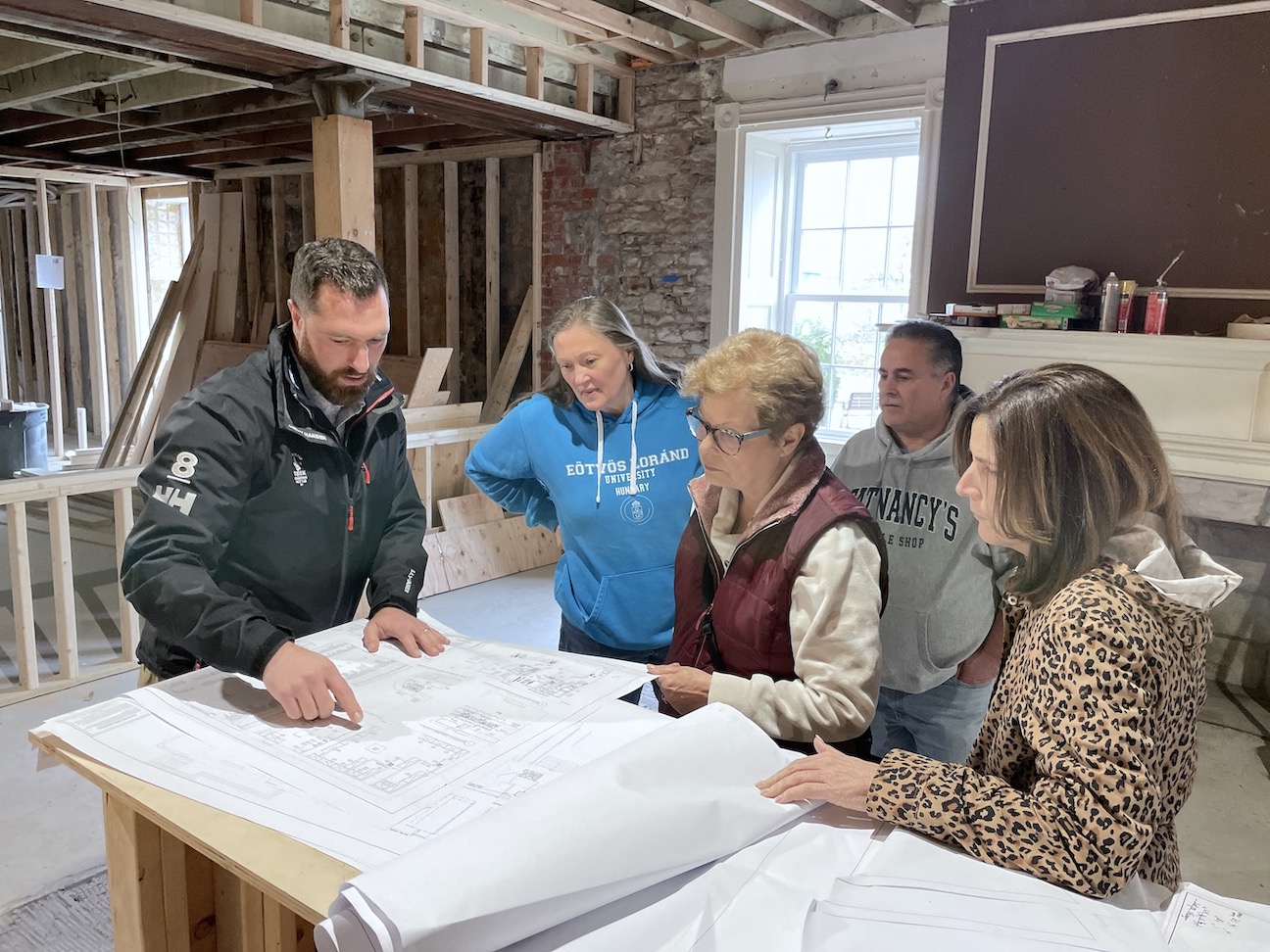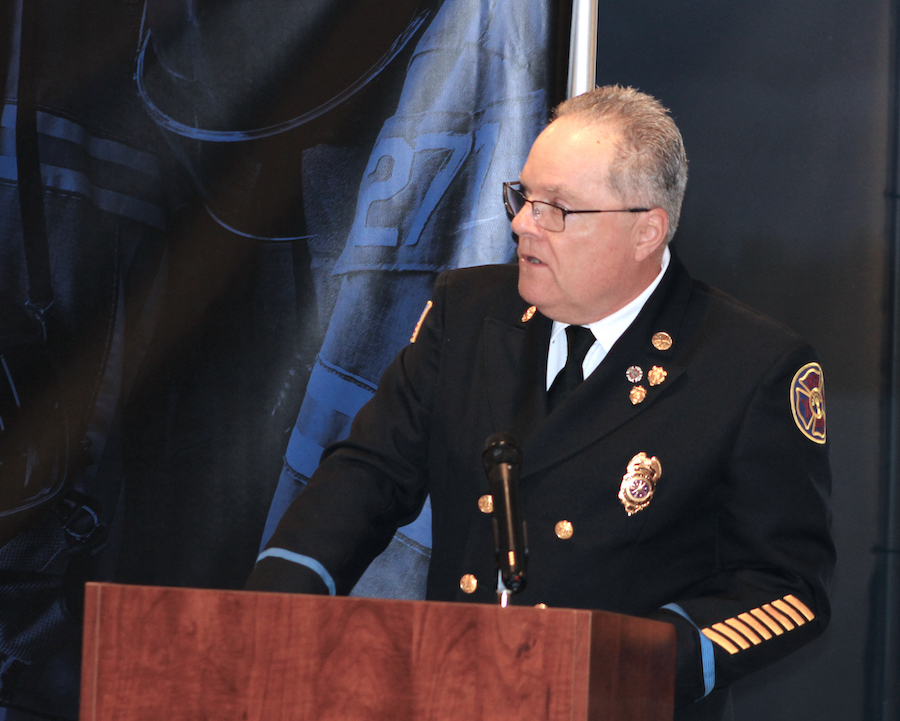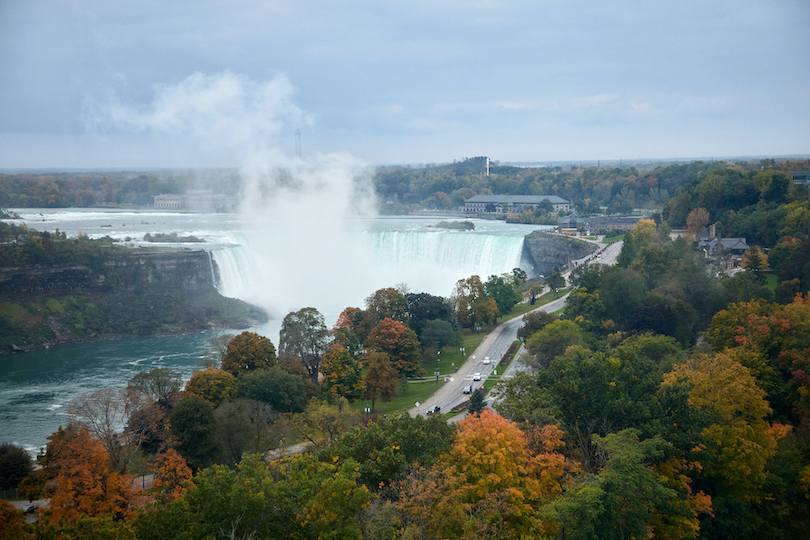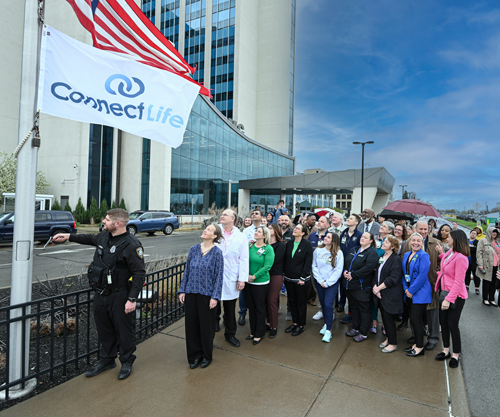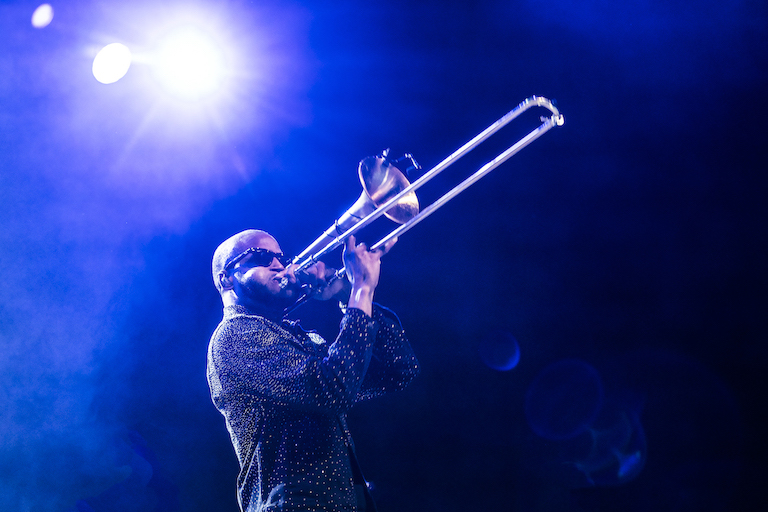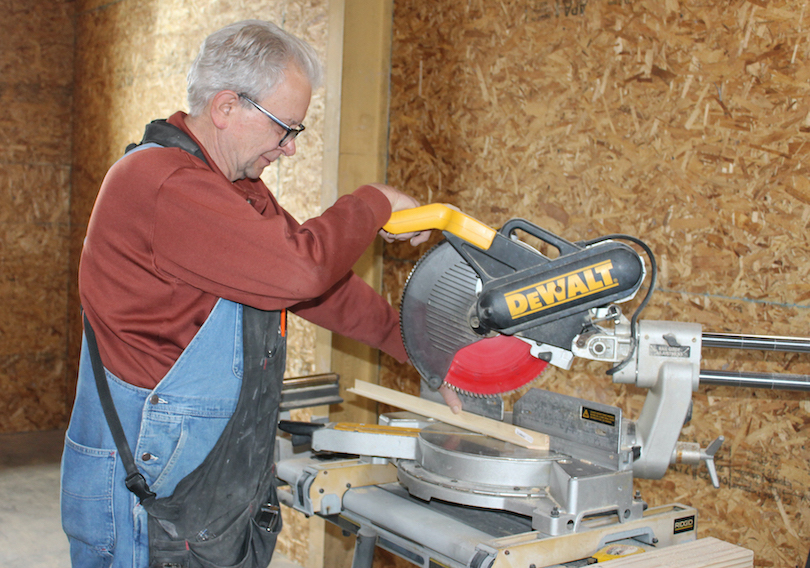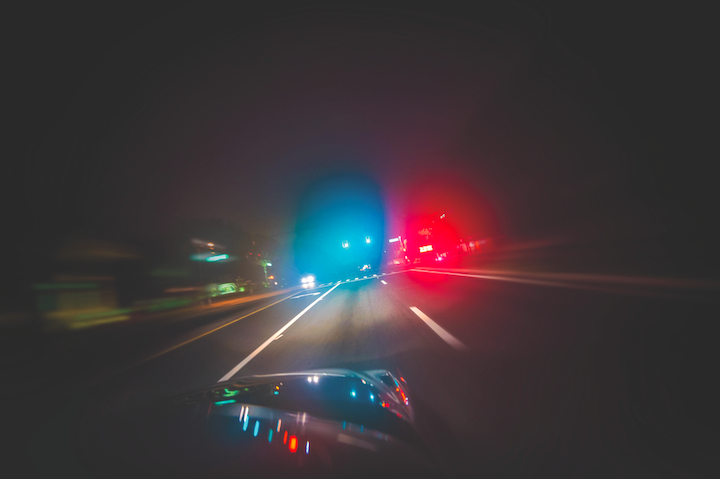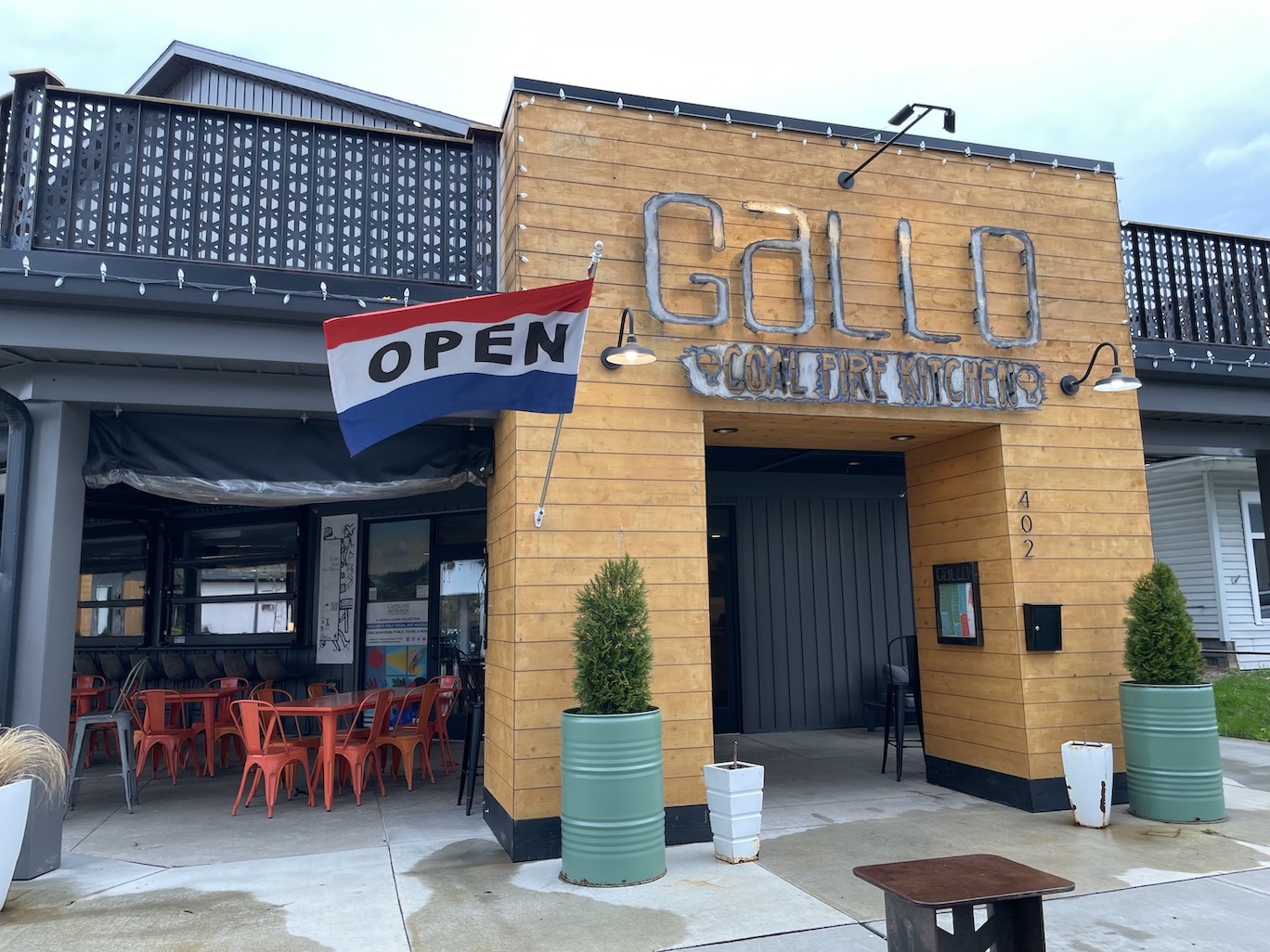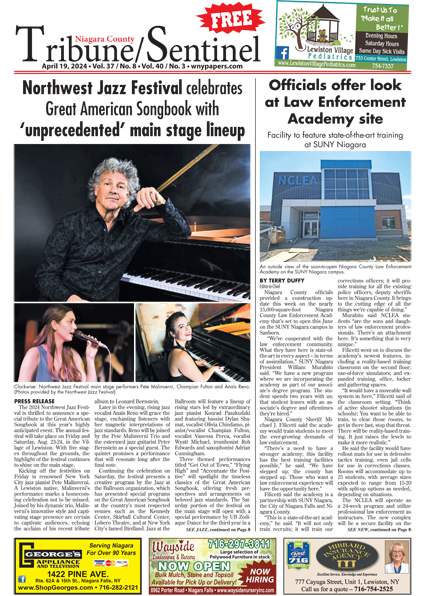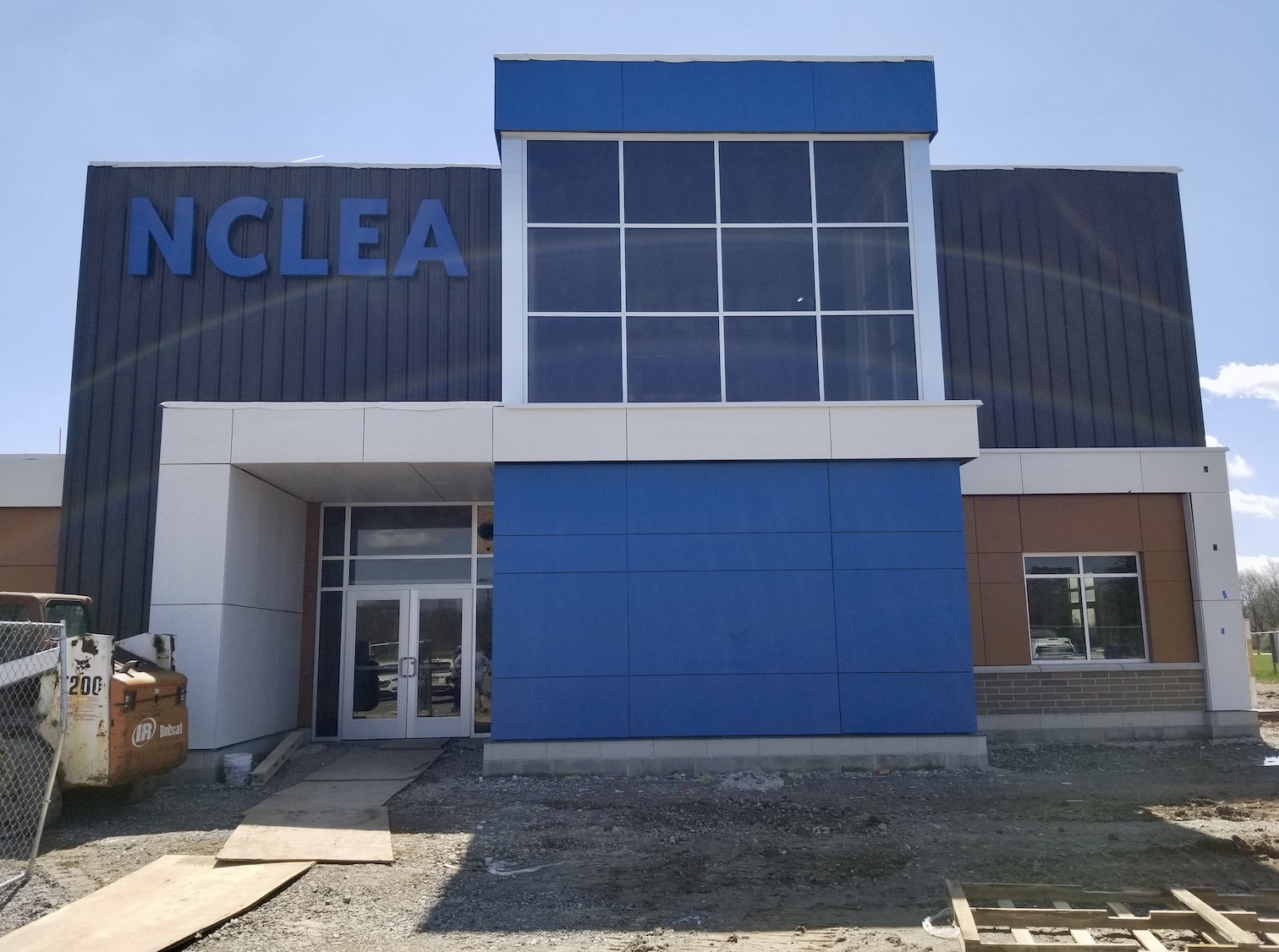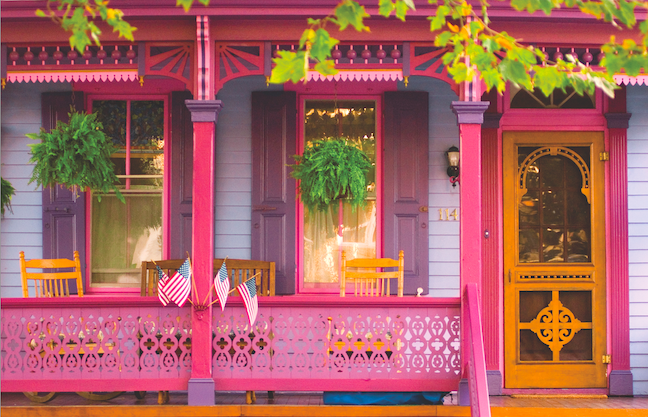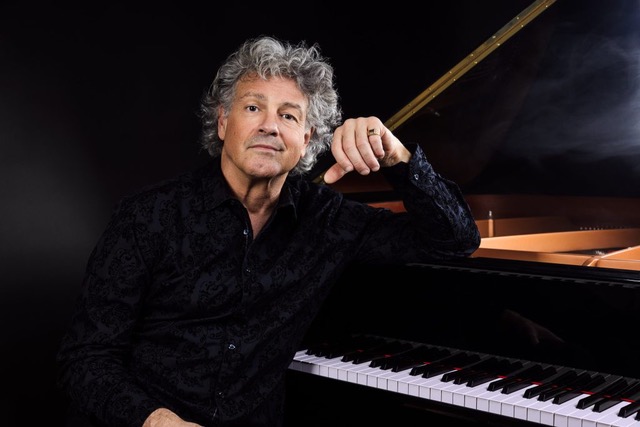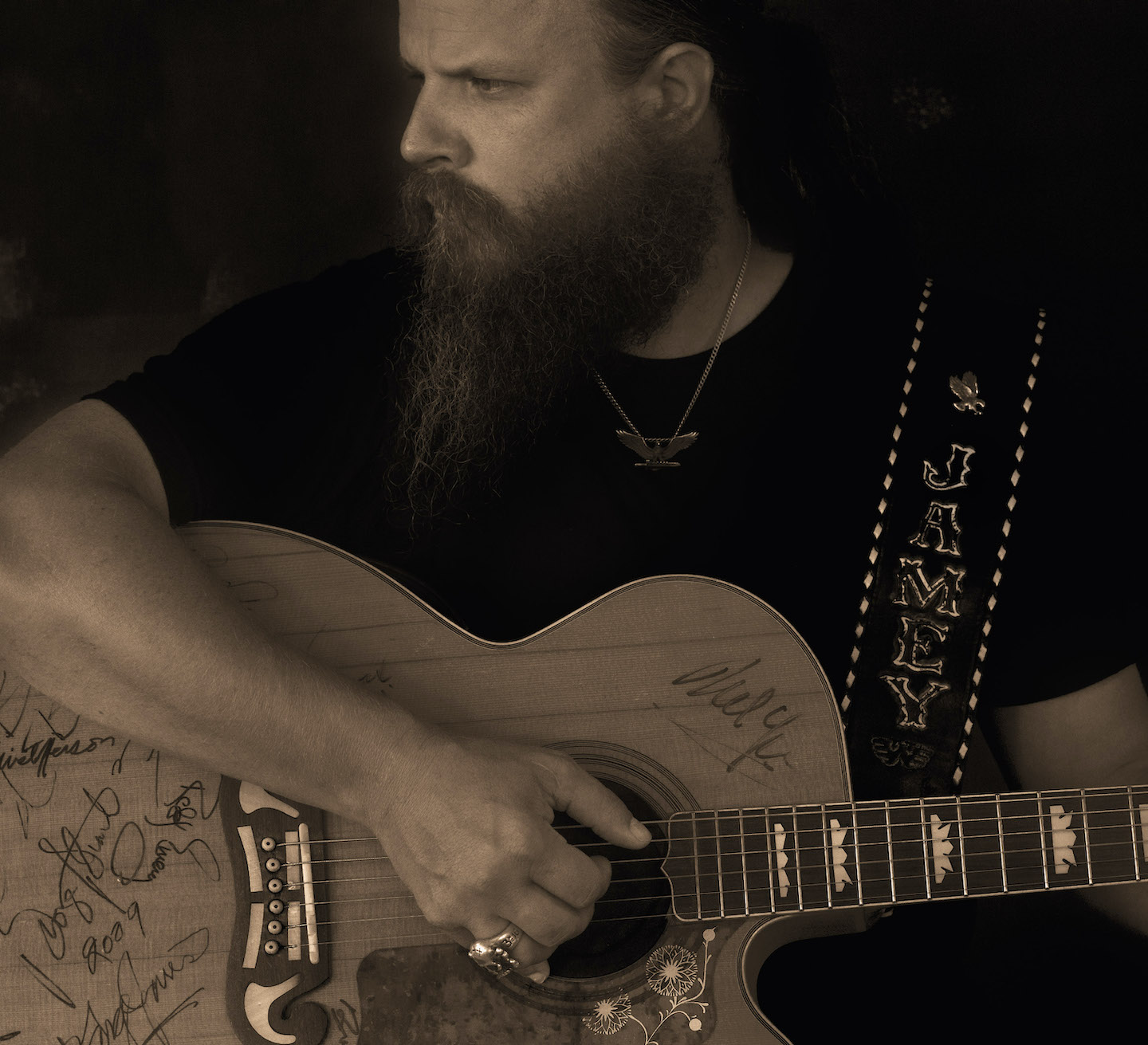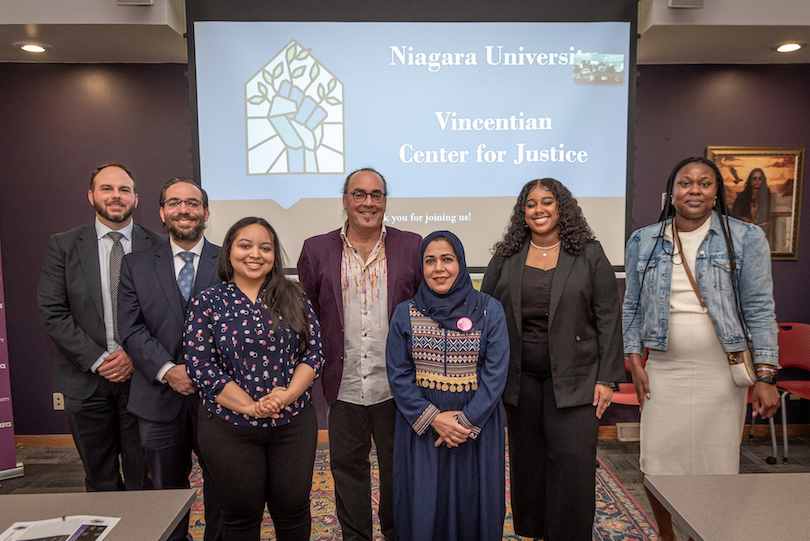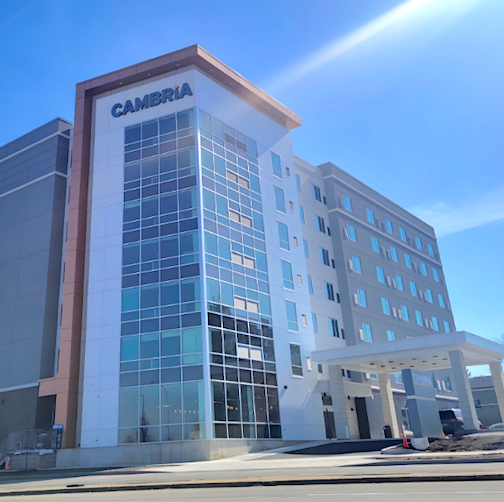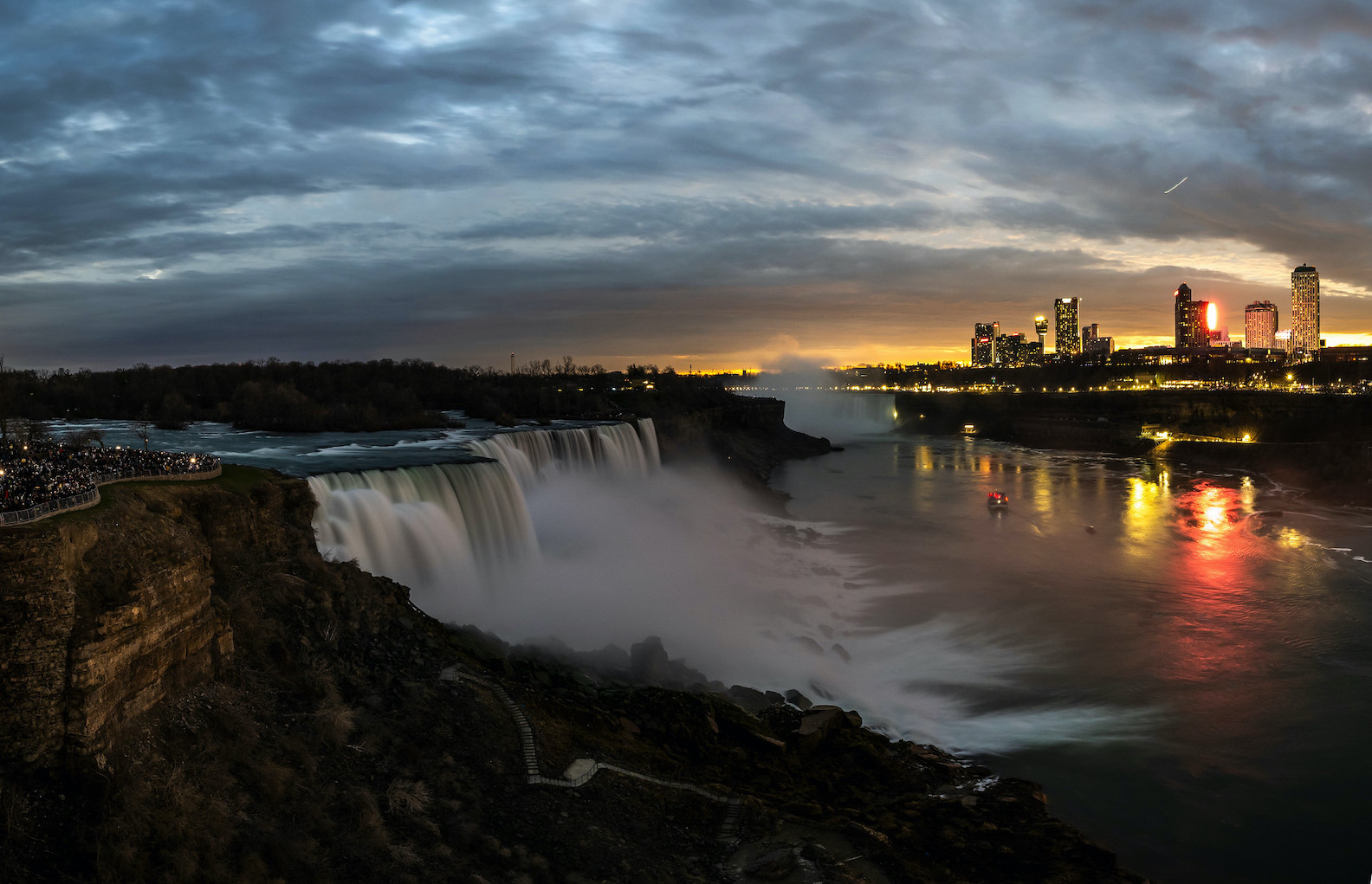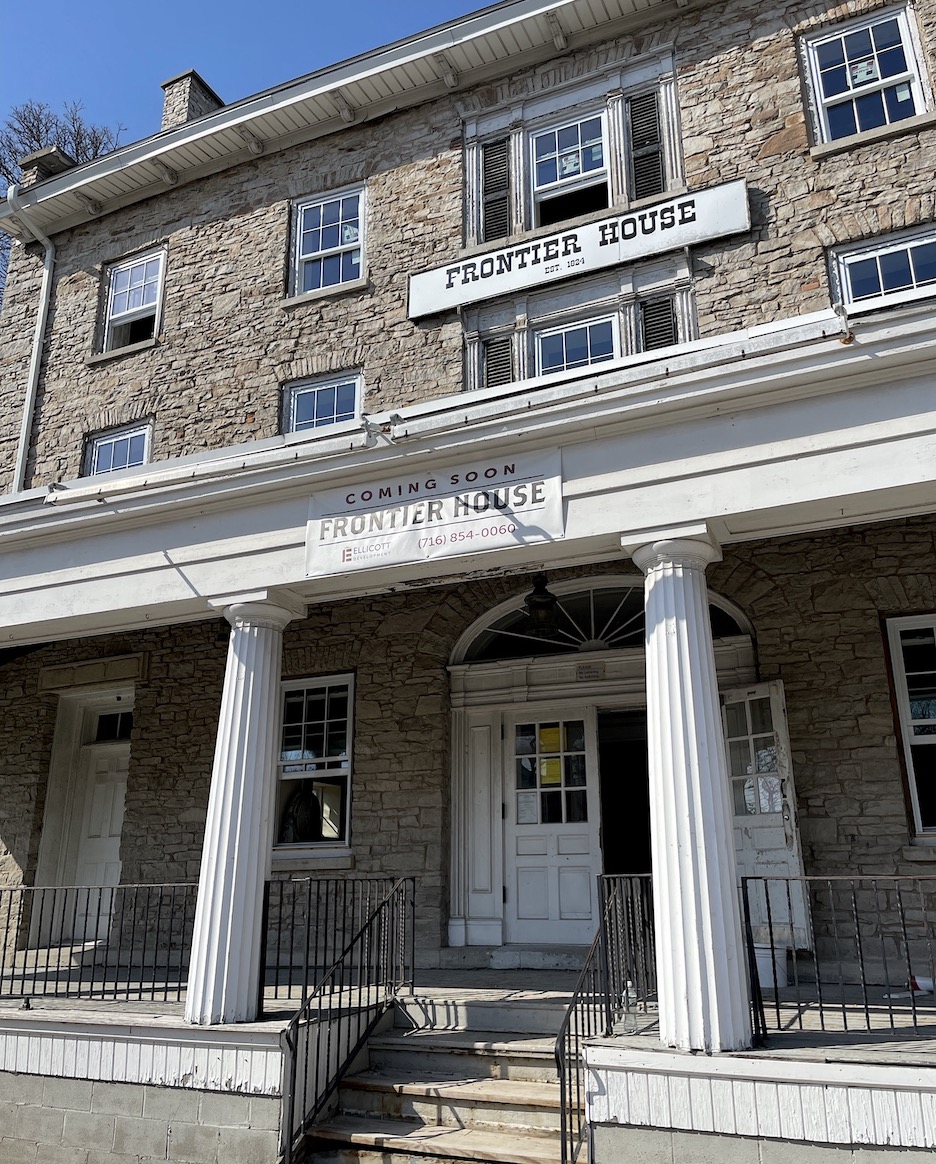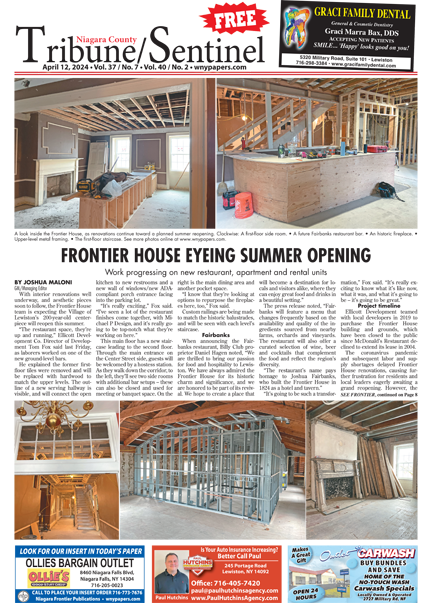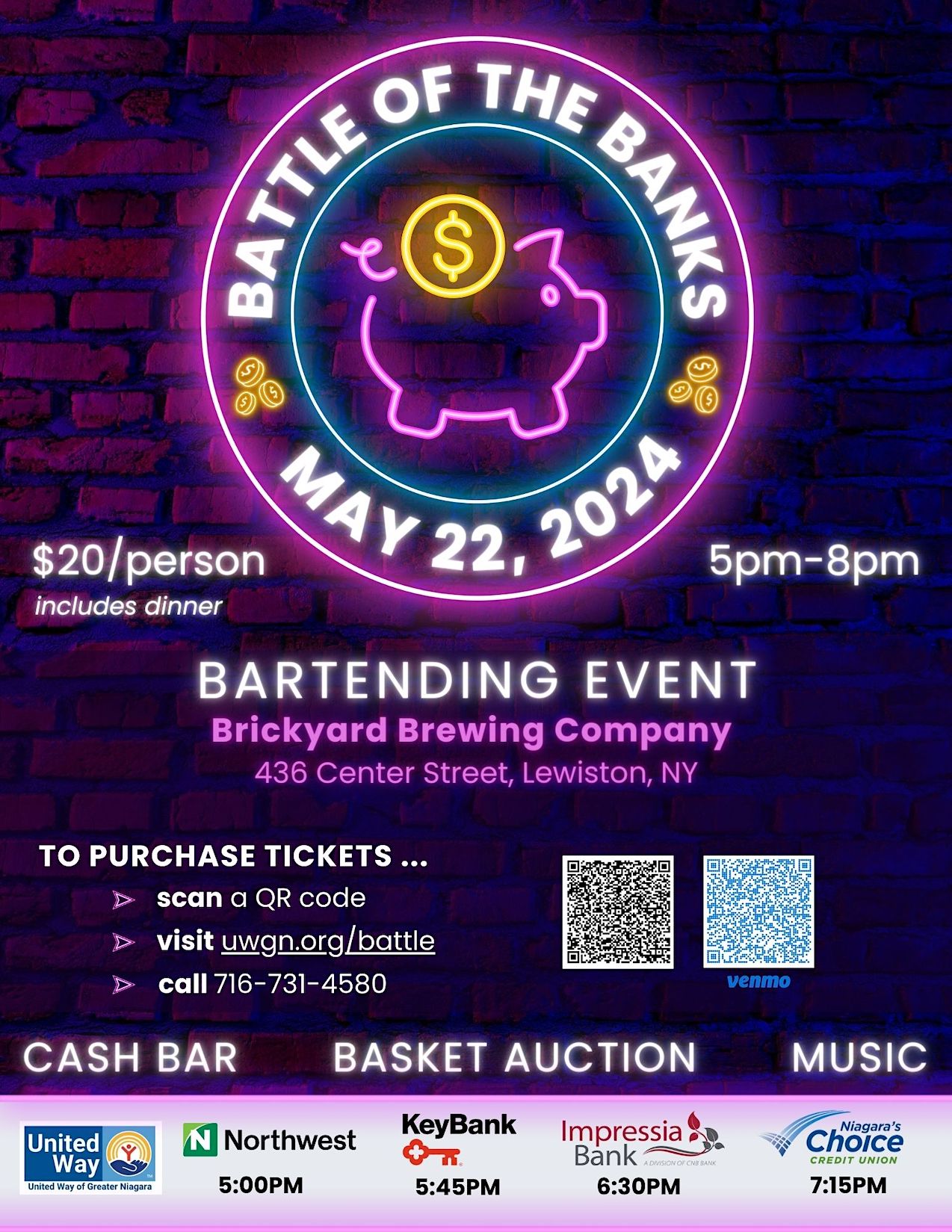Featured News - Current News - Archived News - News Categories
Old Fort Niagara in Youngstown now has a semi-automated external defibrillator on site, thanks to an underwriting grant from Univera Healthcare. With the device, known as an AED, the fort is better equipped to respond to a sudden cardiac arrest.
Each year more than 150,000 visitors explore the 22-acre OFN site, which is listed as a National Historic Landmark.
An AED is about the size of a child's lunchbox, and is used in cases of life-threatening cardiac arrhythmias, where the heart is electrically active, but in a dysfunctional pattern that doesn't allow it to pump and circulate blood. This abrupt loss of function is known as cardiac arrest and, if not treated within minutes, quickly leads to death.
An AED delivers an electric shock through the chest to the heart that can stop an irregular rhythm and allow a normal rhythm to resume. The device also coaches the user in the proper administration of CPR, including providing a metronome beat to help the user count and time CPR chest compressions. Immediate use of an AED, in conjunction with CPR, offers a chance at survival.
"In a cardiac emergency, it's important to have an AED within reach since the likelihood of resuscitation decreases by about 10 percent with every minute that passes," said Art Wingerter, Univera Healthcare president. "Old Fort Niagara is fairly isolated at the far end of the state park, which, at best, is about a four-minute drive from the center of Youngstown."
The current national survival rate for sudden cardiac arrest is less than 5 percent. The American Heart Association estimates 50,000 lives would be spared every year if AEDs were readily available to cardiac arrest victims.
"For almost 300 years, Old Fort Niagara has maintained its post at the mouth of the Niagara River, protecting the Great Lakes and the American heartland for the nations of France, Great Britain and the United States," said Robert L. Emerson, executive director of Old Fort Niagara. "With Univera Healthcare's generous grant to fund the purchase of an AED, the fort is now better equipped to protect the people who visit, work and volunteer at the site."
Emerson said he was pleasantly surprised when Univera Healthcare approached him "out of the blue" with an offer of grant funding, since an AED had long been on the fort's wish list.
The AED underwritten by Univera Healthcare is manufactured by Philips. It is semi-automated and issues voice commands that instruct the user on how and where to connect sensor pads to the patient. The pads allow the AED to examine the electrical output from the heart and determine if the patient is in a shockable rhythm (either ventricular fibrillation or ventricular tachycardia). If the device determines a shock is warranted, it will provide instruction to the user on how to deliver the electrical charge. If the sensors don't detect a shockable rhythm, the device will not allow a shock to be administered.
For patients who present a "flat line" (the absence of any cardiac electrical activity), the AED will state that no shock is advised. For those patients, the only chance for survival is to try to establish a shockable rhythm through CPR, which is why it is imperative CPR be carried out immediately, even prior to the arrival of an AED or medical professionals.
Underwriting grants from Univera Healthcare and its parent health plan have placed more than 150 AEDs into service across upstate New York, including at the Albright Knox Art Gallery, Frank Lloyd Wright's Martin House Complex, and the Buffalo and Erie County Naval & Military Park.
Univera Healthcare also has donated nearly three-dozen AEDs to area law enforcement agencies, including the Erie, Wyoming and Chautauqua counties respective sheriff's departments. "In rural parts of our service area, a sheriff is often the first responder to a medical emergency," Wingerter said.
Univera Healthcare is a nonprofit health plan that is part of a family of companies financing and delivering health services for more than 1.8 million upstate New Yorkers. Based in Buffalo, the health plan serves more than 125,000 members across the eight counties that comprise Western New York. Visit www.UniveraHealthcare.com.
The Old Fort Niagara Association operates Old Fort Niagara under license from the New York State Office of Parks Recreation and Historic Preservation. The association is classified as a not-for-profit organization under section 501(c) 3 of the Internal Revenue Service. Visit www.oldfortniagara.org.
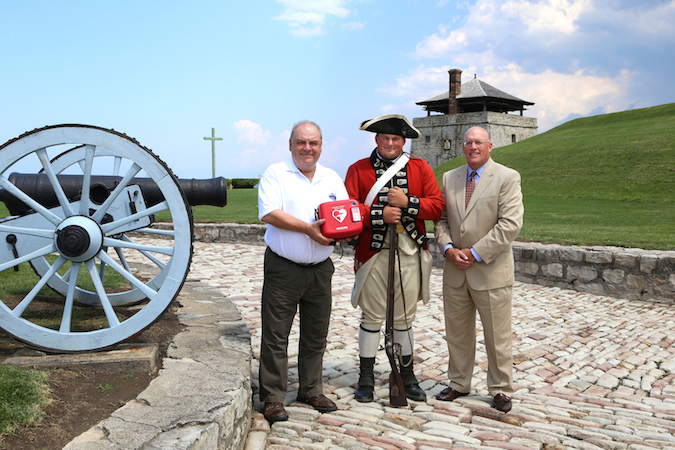
Old Fort Niagara now has an AED, courtesy of Univera Healthcare. Pictured, from left: Old Fort Niagara Executive Director Robert Emerson, fort re-enactor Nicholas D'Amuro, and Univera Healthcare President Art Wingerter.
